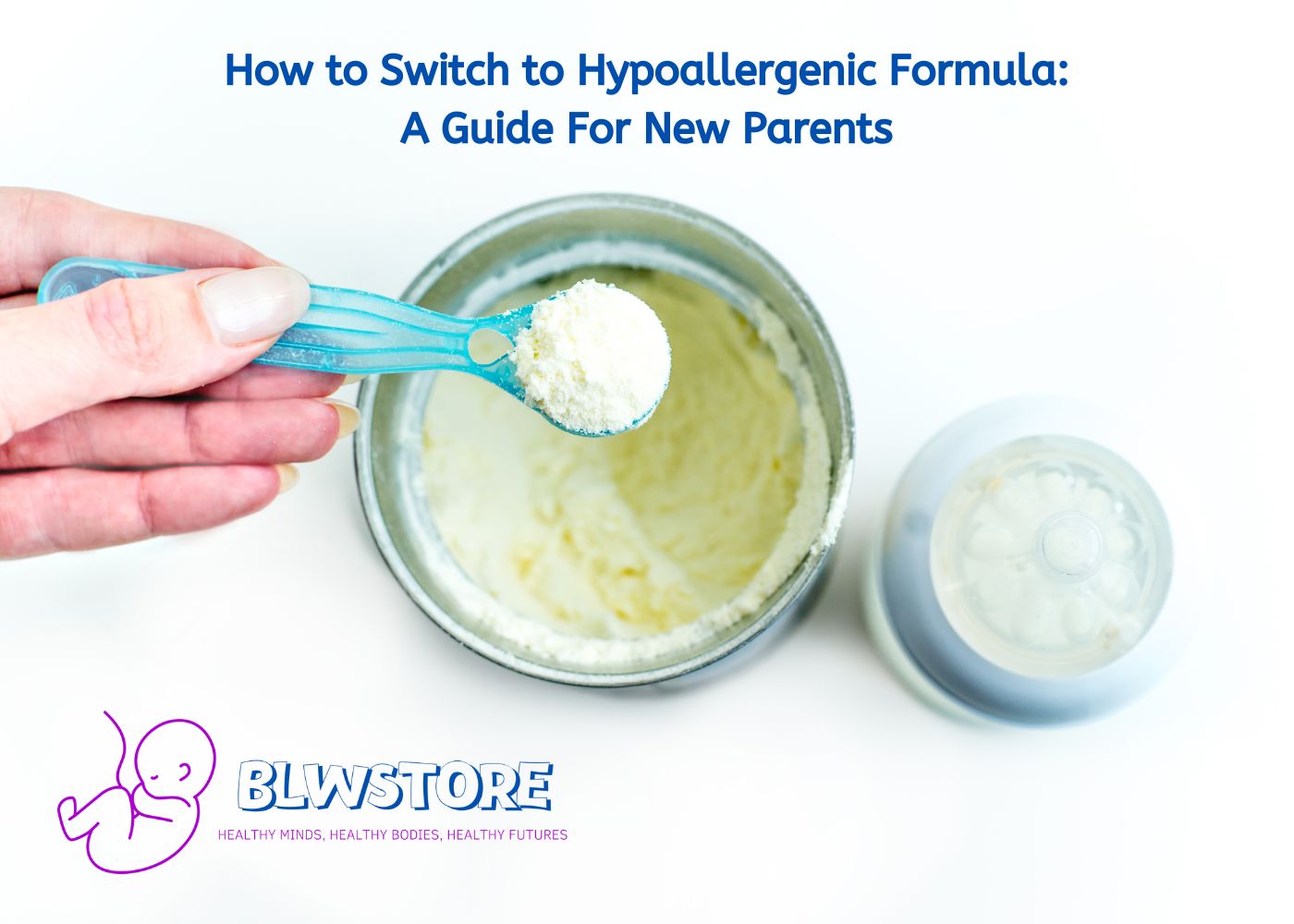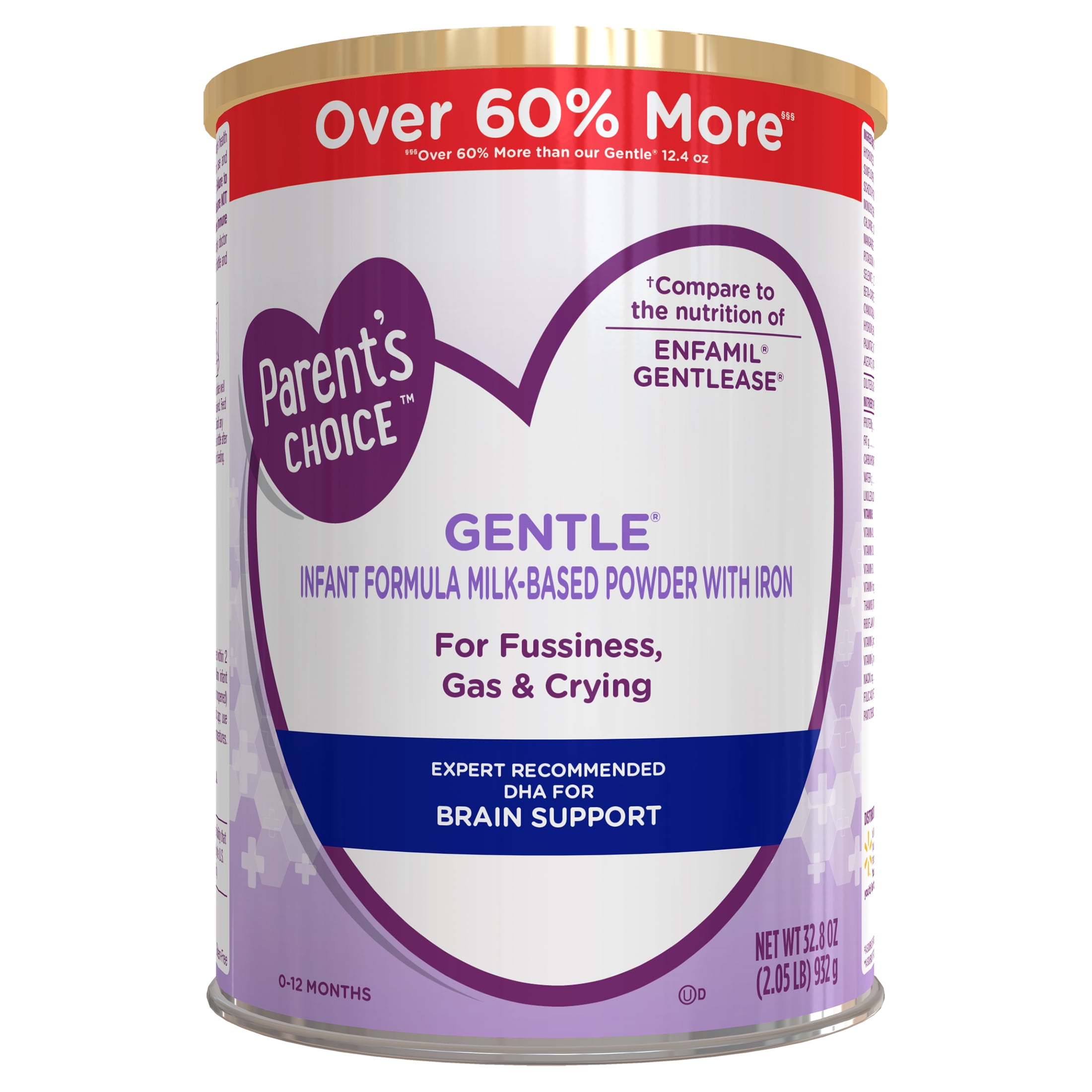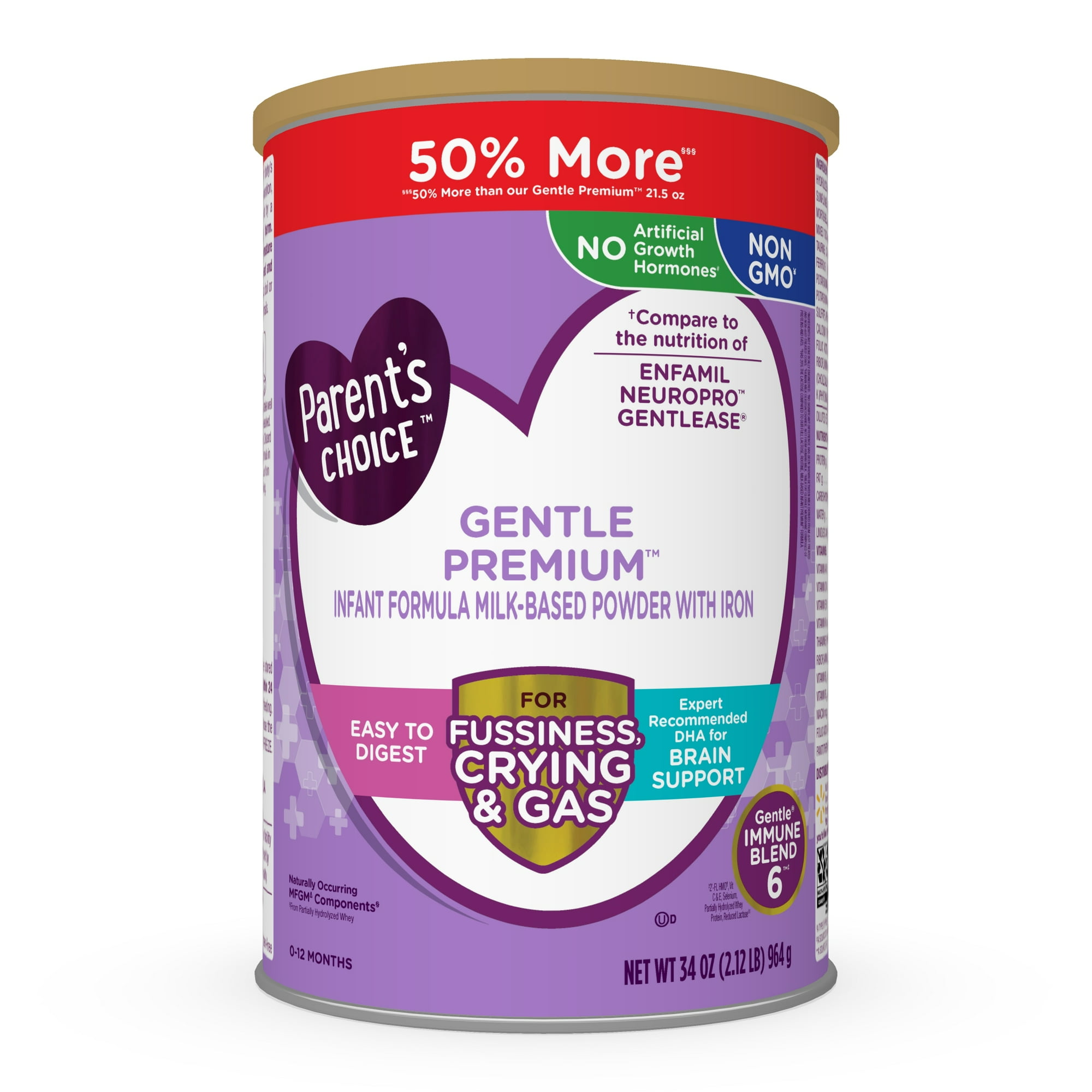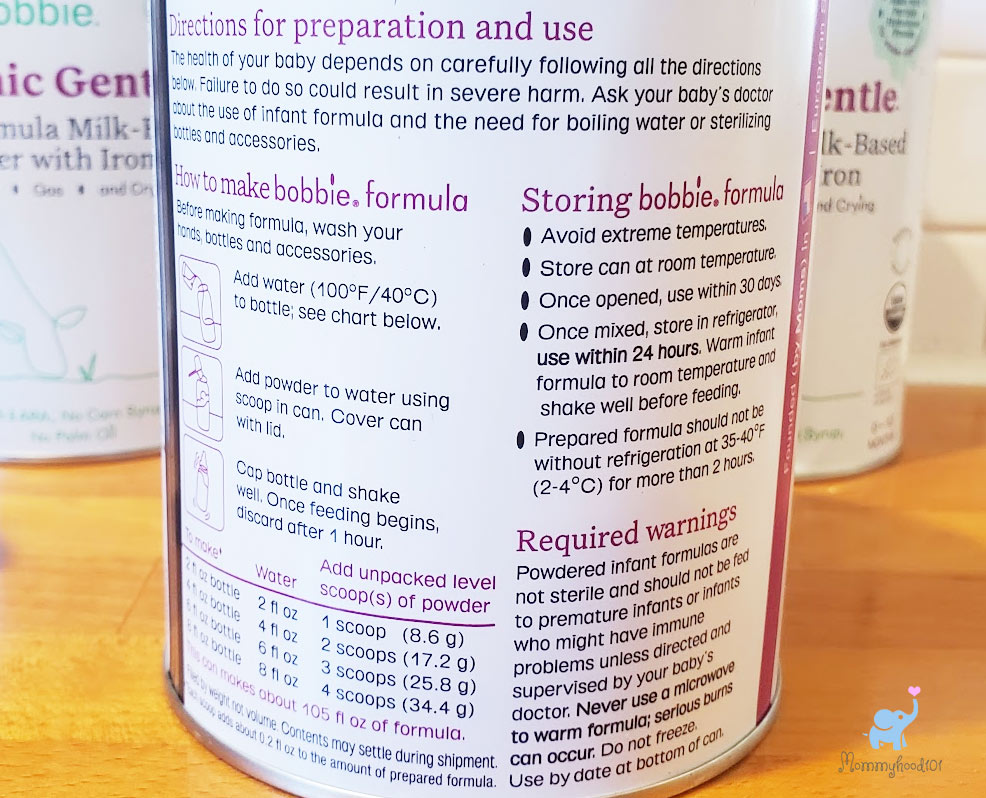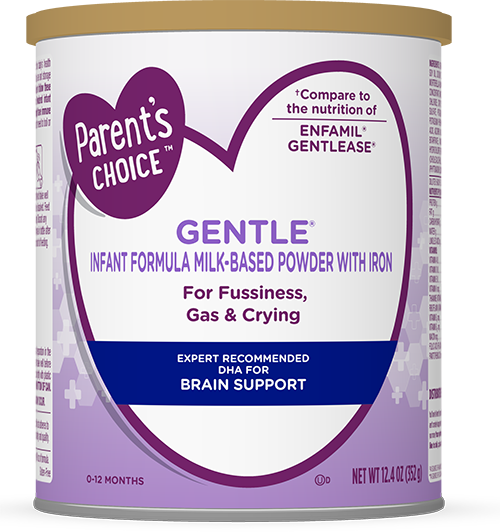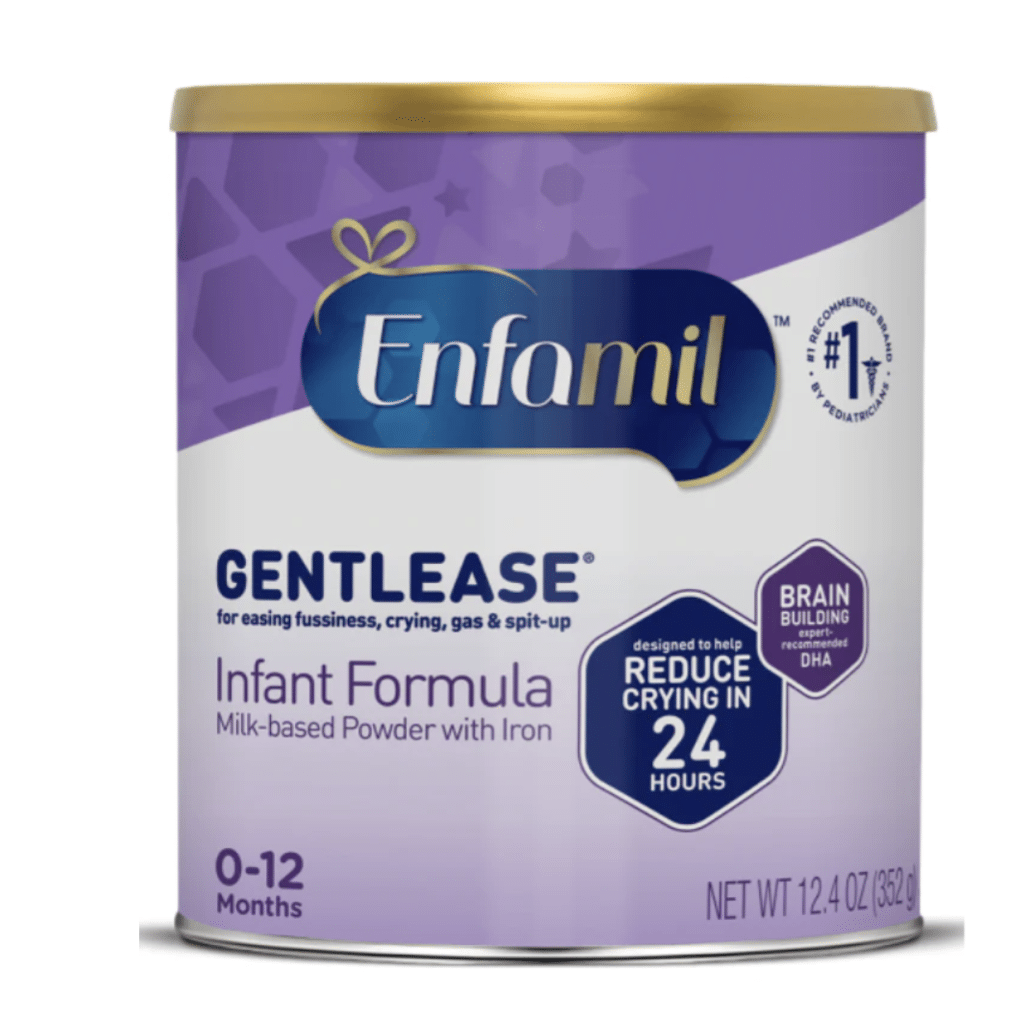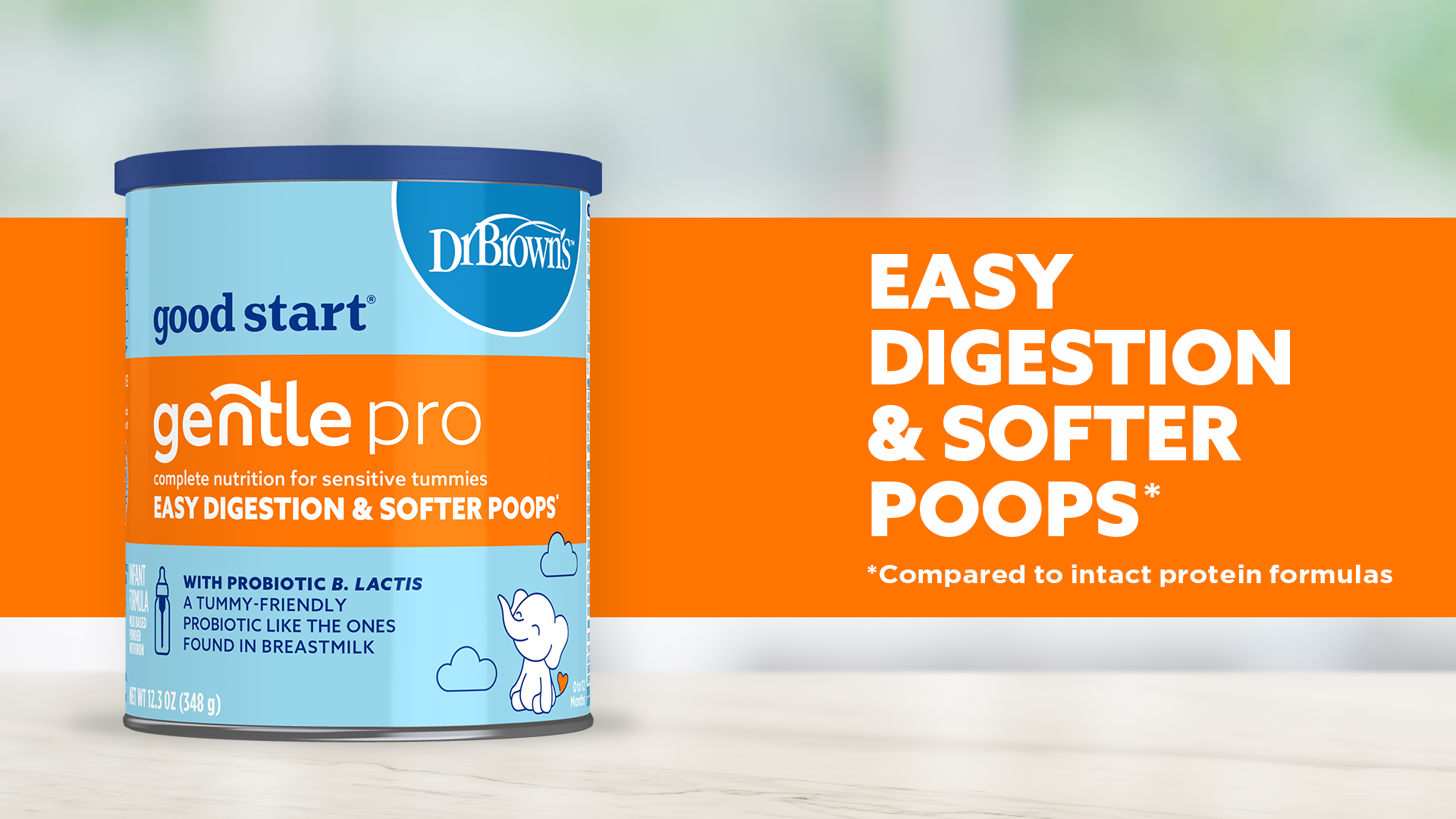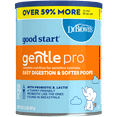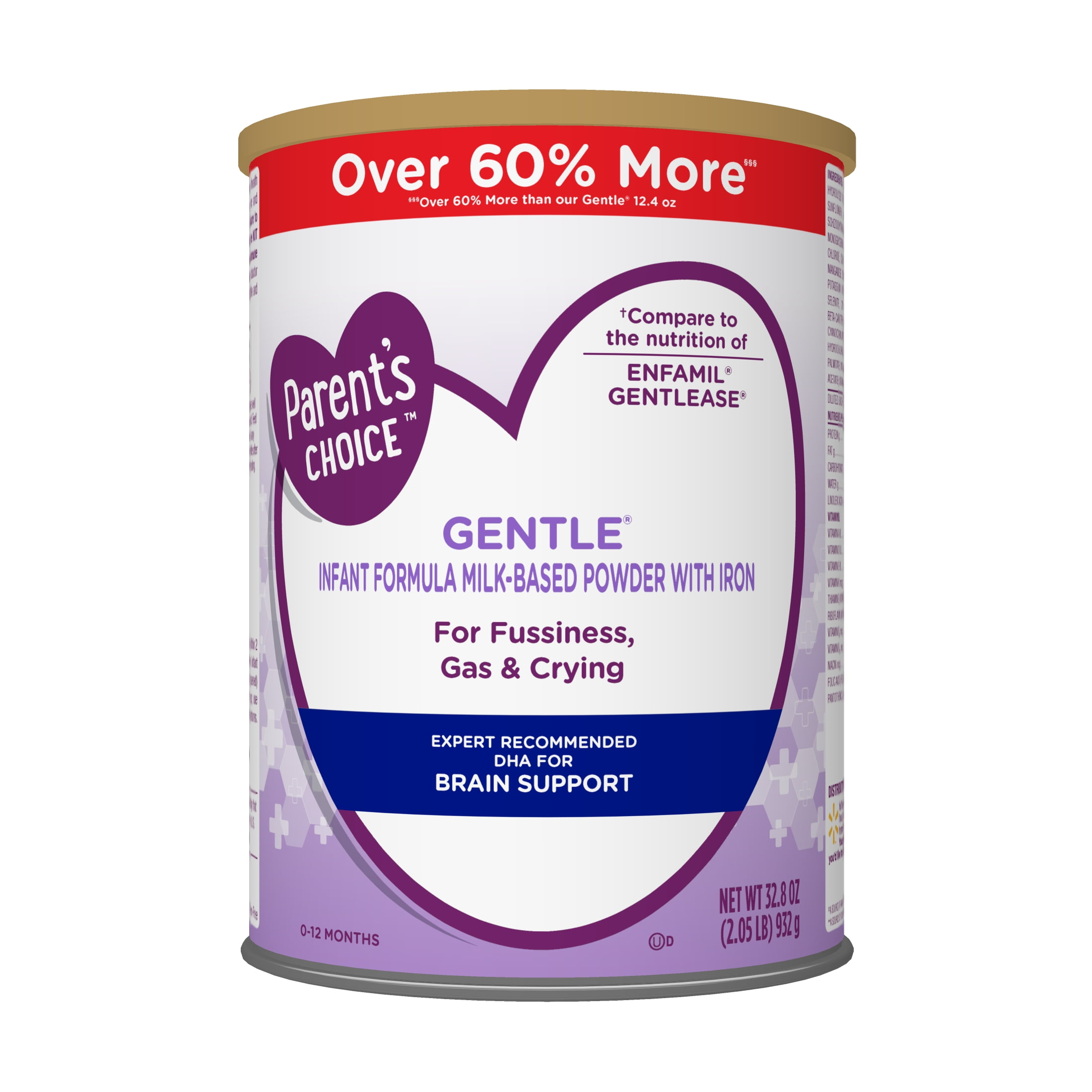When To Switch To Gentle Formula
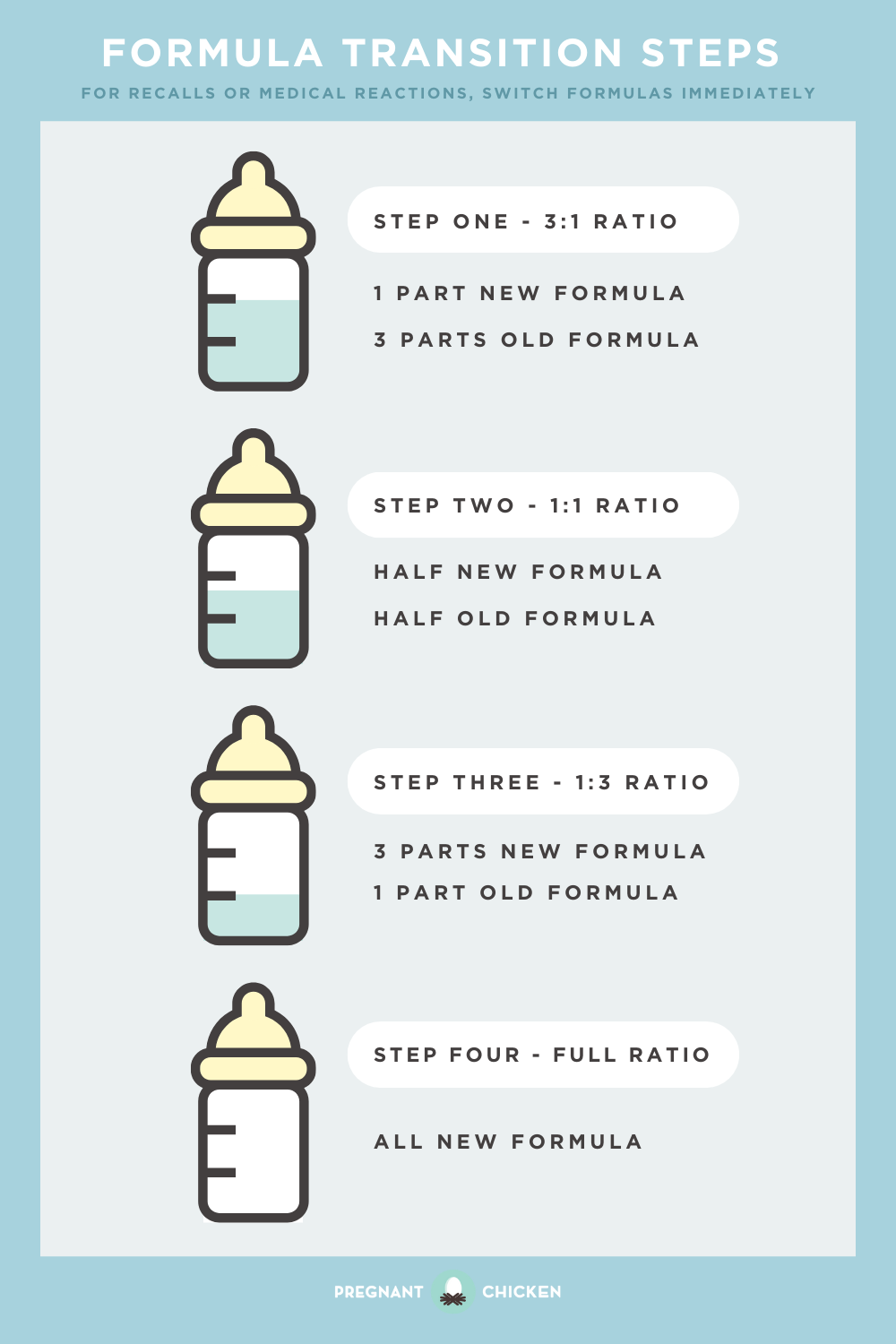
Imagine a mother's gentle hum filling a sun-drenched nursery as she cradles her baby. But behind the serene facade, a silent struggle might be brewing: a tiny digestive system rebelling, causing fussiness, gas, or even tears. The question echoing in her mind: is it time to consider a gentler formula?
Navigating the world of infant formula can feel overwhelming for new parents. This article explores the crucial decision of when to switch to a *gentle formula*, providing insights into recognizing the signs, understanding the different types available, and offering guidance to help you make the best choice for your baby's well-being.
Understanding the Need for Gentle Formula
Many babies thrive on standard infant formulas, which are typically cow's milk-based and designed to meet their nutritional needs. However, some infants experience difficulties digesting these formulas, leading to discomfort and distress.
These sensitivities can manifest in various ways, making it essential for parents to be vigilant observers of their baby's behavior and physical symptoms. Recognizing these signs early can pave the way for a smoother, happier feeding experience for both baby and parent.
Recognizing the Signs
Identifying potential signs of formula intolerance is the first step. Common indicators include excessive gas, frequent spitting up (more than just the occasional dribble), persistent fussiness or crying, and changes in stool consistency (diarrhea or constipation).
According to the American Academy of Pediatrics (AAP), while some spitting up and gas are normal in infants, excessive or persistent symptoms should be discussed with a pediatrician.
Other symptoms might include eczema flare-ups, a stuffy or runny nose, or even difficulty sleeping. In rare cases, more severe reactions like bloody stools or vomiting may occur, warranting immediate medical attention.
Why Some Babies Struggle with Standard Formula
Several factors can contribute to a baby's difficulty digesting standard formula. One common culprit is *cow's milk protein intolerance (CMPI)*, where the baby's system struggles to break down the proteins in cow's milk.
Another possible reason is lactose intolerance, though this is less common in infants than CMPI. Lactose is the sugar found in milk, and some babies may have difficulty digesting it, leading to gas and discomfort.
Sometimes, the issue isn't a true intolerance but rather a sensitivity. A sensitivity is less severe than an allergy and may be related to the baby's immature digestive system gradually adjusting to processing formula.
Exploring Gentle Formula Options
Gentle formulas are designed to be easier for babies to digest. They come in various forms, each addressing different potential sensitivities or digestive issues.
Understanding the different types available allows parents to make a more informed decision, in consultation with their pediatrician, of course.
Partially Hydrolyzed Formulas
These formulas contain cow's milk proteins that have been partially broken down into smaller pieces through a process called hydrolysis. This makes the proteins easier for babies to digest, reducing the likelihood of triggering sensitivities.
Many parents find that partially hydrolyzed formulas offer a good middle ground, providing relief from mild digestive discomfort without completely eliminating cow's milk proteins from the diet.
Extensively Hydrolyzed Formulas
Extensively hydrolyzed formulas take the protein breakdown process a step further. The proteins are broken down into even smaller pieces, making them even less likely to trigger an allergic reaction or sensitivity.
These formulas are often recommended for babies with confirmed *CMPI* or those at high risk of developing allergies. They are sometimes referred to as hypoallergenic formulas.
It's important to remember that extensively hydrolyzed formulas may have a different taste and odor compared to standard formulas. This is normal and shouldn't deter you from using them if recommended by your doctor.
Amino Acid-Based Formulas
For babies with severe allergies or sensitivities, amino acid-based formulas are often the best option. These formulas contain proteins that have been completely broken down into their individual amino acid building blocks.
This eliminates the risk of triggering an allergic reaction, as the baby's system doesn't recognize the amino acids as foreign proteins.
Lactose-Free Formulas
Lactose-free formulas are designed for babies with lactose intolerance. They contain the same essential nutrients as standard formulas but with the lactose removed or replaced with another carbohydrate source.
However, as mentioned before, true lactose intolerance is relatively rare in infants. Therefore, a lactose-free formula may not be necessary unless specifically recommended by your pediatrician.
Making the Switch: A Gradual Approach
When switching formulas, it's generally recommended to do so gradually. A sudden switch can upset a baby's digestive system and lead to temporary discomfort.
A gradual transition allows the baby's system to adjust to the new formula more easily, minimizing the risk of unwanted side effects.
The Blending Method
One common approach is to gradually blend the new formula with the old formula over several days. For example, on the first day, you might mix 25% new formula with 75% old formula.
On the second day, increase the ratio to 50/50, and on the third day, try 75% new formula and 25% old formula. Finally, on the fourth day, you can switch to 100% new formula.
Observe Your Baby Closely
Throughout the transition, pay close attention to your baby's behavior and symptoms. Look for any signs of digestive upset, such as increased gas, fussiness, or changes in stool consistency.
If you notice any concerning symptoms, slow down the transition or consult with your pediatrician. Remember, every baby is different, and what works for one may not work for another.
Consulting with Your Pediatrician
Before making any changes to your baby's formula, it's crucial to consult with your pediatrician. They can help you determine if a gentle formula is truly necessary and recommend the best type for your baby's specific needs.
Your pediatrician can also rule out any underlying medical conditions that may be contributing to your baby's symptoms. They can provide personalized guidance and support to ensure that you're making the safest and most appropriate choices for your little one.
Beyond Formula: Addressing Underlying Issues
While switching to a gentle formula can often alleviate digestive discomfort, it's also important to consider whether there are any underlying issues that need to be addressed. For example, some babies may benefit from smaller, more frequent feedings.
Others may have trouble latching properly during breastfeeding, leading to excessive air intake and gas. A lactation consultant can help address latching issues and provide guidance on breastfeeding techniques.
In some cases, *reflux* may be the underlying cause of spitting up and fussiness. Your pediatrician can recommend strategies to manage reflux, such as keeping your baby upright after feedings and using a prescribed medication if necessary.
A Journey of Observation and Care
The decision of when to switch to a gentle formula is a personal one, guided by careful observation of your baby and informed by professional medical advice. It’s a journey filled with learning, adjusting, and advocating for your child’s well-being.
Remember, you're not alone in this journey. Many parents face similar challenges, and there are resources and support systems available to help you navigate the world of infant feeding.
Ultimately, trusting your instincts and working closely with your pediatrician will empower you to make the best choices for your baby's health and happiness. Every burp, every coo, every peaceful nap will be a testament to your dedication and love.






